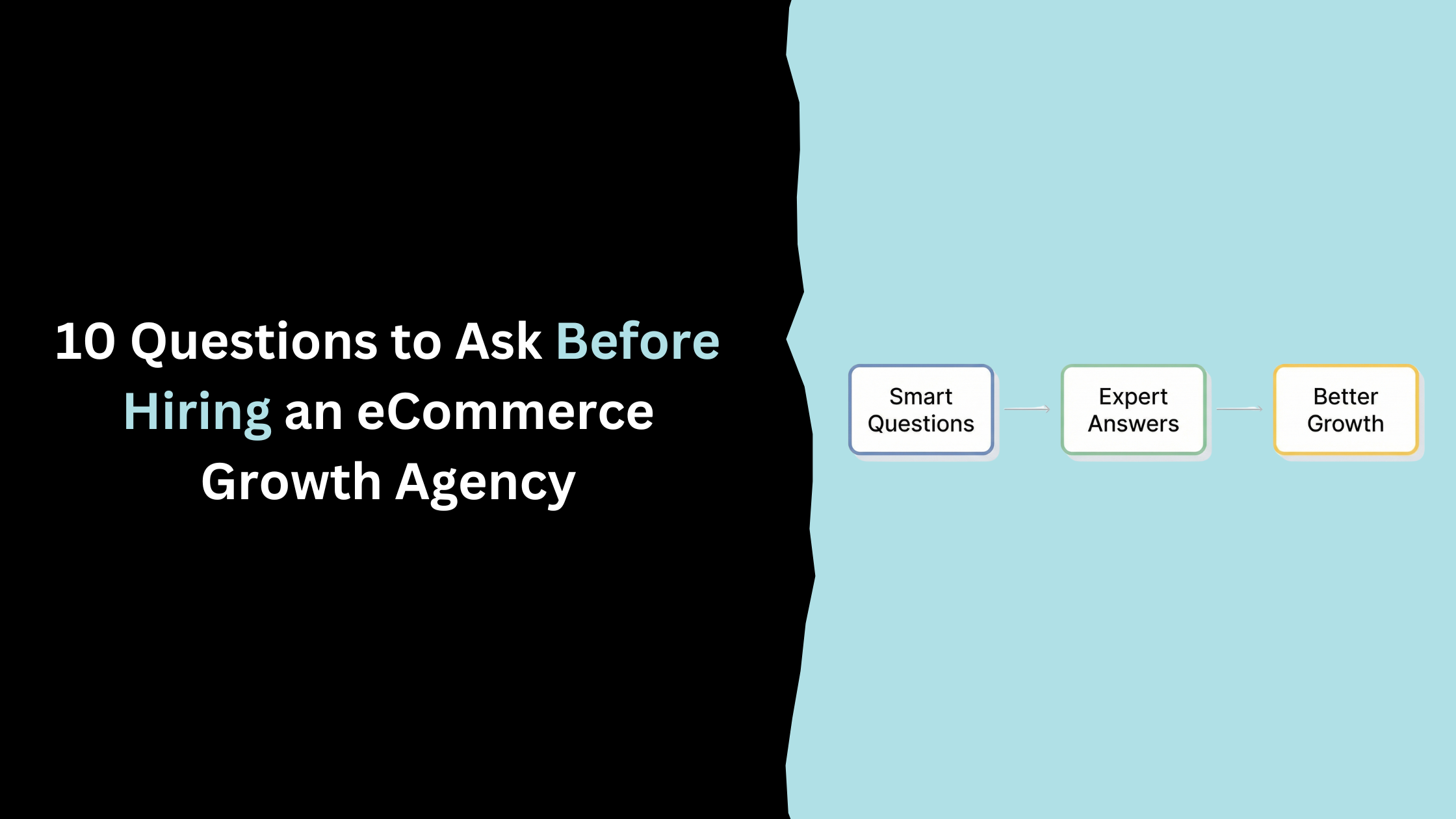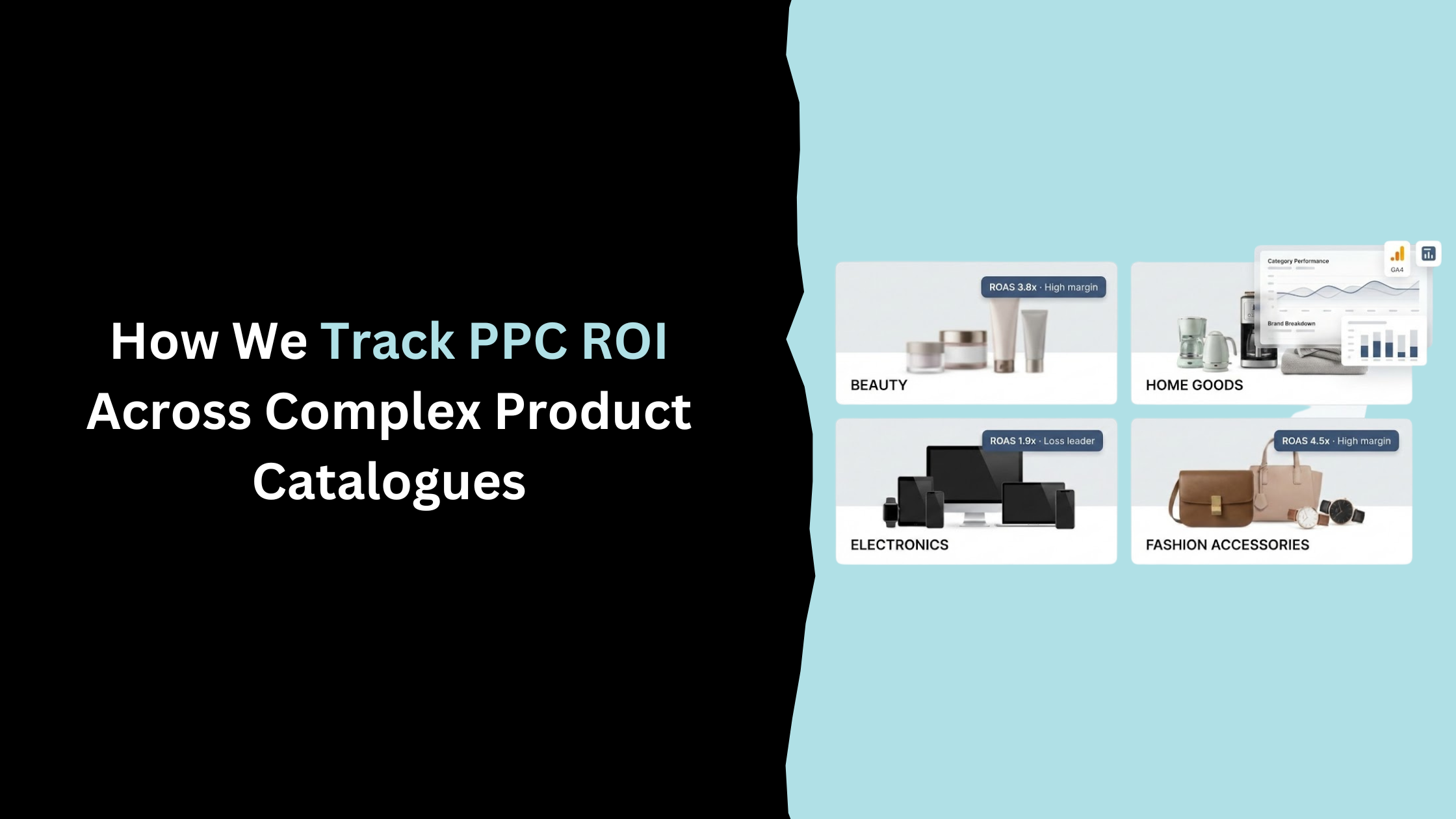Table of Contents
We talked recently about how personas can be used to help identify where your target audience might be. We find the creation of a ‘person’ often cuts through some of the digital noise and allows us to truly recognise how messaging should be shaped. Creating a persona or several personas for your brand will allow you to both identify a digital media strategy, but also the tone of voice your message will take. We find this exercise is crucial in both attracting and also converting audiences on behalf of our clients.
So, where do you start?
First, think about your business, what you sell and the typical sales cycle. For an eCommerce company with many products this might be trickier than a B2B business that sells services, so start with the sweet spot. If you know your eCommerce business sells lots of high visibility jackets to cyclists – creating your persona is going to be easy! We could easily find out where a middle-aged man in Lycra hangs out online and what his assumed affinity categories are going to be. If, your products and services are more diverse you’ll need to do a little more work and ask a few more questions first.
Are people talking?
If you have an online footprint, what are people saying about you on the web? There are lots of great tools out there to help you identify where your name has been mentioned in social media and more widely on the web. Check out people who have mentioned you on Twitter or Facebook, this will give you a clue to what kind of people are already using your product or service. For smaller businesses with a larger competitor, try this exercise with the name of the company you aspire to be.
Once you have this assumed background information your persona should be starting to take some shape. You now need to understand your persona’s preferences and habits. Clearly the digital footprint and behaviours of our middle-aged man in Lycra are going to be far different to an urban millennial female; they might both have a need for a high visibility jacket, but where and the tone of how we reach them would be markedly different.
Now you need to understand how your might find your business using the 5P’s Customer Search Insights Model.
- Person – Age, sex and social.
- Place – are they urban or rural, local or national or international?
- Product – what did they arrive on your site looking for?
- Priority – What’s their priority – where are they in the funnel?
- Purchase – Did they make a purchase and if so, was it online or in a shop?
Over-laying the data gleaned from Google Analytics above with evidence from your other research will give you lots of clues to the type of characteristics your person (or persons) will have.
Putting it all together
To continue with our high visibility analogy we could perhaps deduce there are three distinct highly lucrative markets that are searching for a jacket at different times of year.
- Meet Jane. Jane is 37. She has two children, an active lifestyle and her six-year-old daughter has just learnt to ride a bike. She wants a high-vis jacket for her and her child, it’s September, the nights are getting darker but she wants to ride in the evenings to enjoy the rest of the good weather before winter.
- Meet Colin. He’s 45, just bought a road bike (and some Lycra) and wants to use his new bike to get to and from work. He got his bike for Christmas so he will be riding in the dark.
- Meet Sophie. She is 27, works in advertising in London and uses her bike every day to get to and from work. Her friend was knocked off her bike recently by a truck so is very worried about safety on her bike.
Now we have met our target audiences we can get to work with developing a plan to reach them. All of them want to buy the same product but the choices we make in terms of where and how we address them through digital channels are going to be very different. Sophie and Jane are probably as different as Colin and Sophie in terms of what and how they consume online and what drives them to convert. Not all audiences are created equal, so the plan we create needs to be as equally diverse.
Get in touch today
complete the form below for an informal chat about your business








